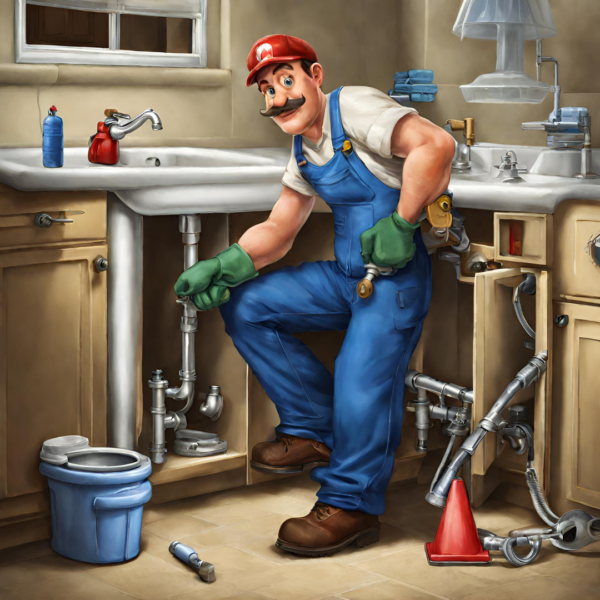Keeping your home’s electrical system in top shape is more than just a chore; it’s a necessity for ensuring safety and boosting efficiency. Think of it as the heartbeat of your home, powering everything from your morning coffee to your nighttime reading light. Neglecting it can lead to inefficiencies at best and serious hazards at worst. This article is your go-to guide for demystifying electrical maintenance, offering you practical tips to keep everything running smoothly and safely. So, whether you’re a DIY enthusiast or just looking to be more informed, you’re in the right place to learn how to keep your systems flowing seamlessly.
Understanding Your Home’s Electrical System
At first glance, your home’s electrical system might seem like a complex web of wires and circuits. But at its core, it’s made up of a few key components: the service panel, circuits, and wiring that distribute power to your entire home. Each part plays a crucial role in delivering electricity safely and efficiently to where it’s needed. Getting to know these elements is the first step in effective maintenance. Familiarizing yourself with the basics, from knowing how to reset a tripped breaker to understanding what each circuit powers, can make all the difference in managing your home’s electrical health and safety.
Routine Inspection Checklist
To keep your home’s electrical system in check, regular inspections are essential. Here’s a handy checklist:
1. Outlets and Switches: Check for looseness, heat, or unusual noises. Signs of wear or damage, like discoloration, could indicate underlying issues.
2. Circuit Breakers: Ensure they are labeled clearly and function smoothly. A breaker that trips frequently warrants further investigation.
3. Service Panel: Look for any signs of rust or moisture, which can compromise safety.
4. Cords and Plugs: Inspect for fraying, cracks, or other damage. Ensure cords are not overextended or creating tripping hazards.
5. Light Fixtures: Check for flickering lights or bulbs that burn out too quickly, which might suggest a deeper problem.
If you encounter persistent issues like frequent tripping breakers, outlets not working, or any signs of electrical burns, it’s time to call in a professional. DIY can be handy, but when it comes to complex or persistent electrical problems, the expertise of a licensed electrician is invaluable.
Safe Appliance Use and Maintenance
Using and maintaining your home’s appliances safely is key to their longevity and your safety. Always follow the manufacturer’s instructions for use and care, and never overload circuits by plugging too many devices into one outlet. Regular maintenance, like cleaning your dryer’s lint trap and ensuring your refrigerator’s coils are dust-free, can prevent overheating and efficiency losses. Paying attention to your water heater is crucial too; getting a timely water heater repair and maintenance can prevent issues ranging from inefficiency to potential hazards. Remember, well-cared-for appliances not only perform better but also pose fewer risks, making regular check-ups and professional maintenance an essential part of home safety.
Energy Efficiency Upgrades
Boosting your home’s electrical efficiency doesn’t have to be a daunting task. Simple upgrades can make a big difference, like switching to LED lighting, which uses a fraction of the energy of traditional bulbs and lasts much longer. Consider investing in energy-efficient appliances too; they’re designed to do more with less energy, significantly reducing your utility bills over time. These measures not only lighten your environmental footprint but also contribute to substantial long-term savings. Start small, and you’ll see how these easy changes can lead to a more energy-efficient and cost-effective home.
Handling Electrical Emergencies
In any electrical emergency, safety comes first. If you encounter sparks, burning smells, or any signs of an electrical fire, turn off the main power if it’s safe to do so and evacuate the premises before calling for help. For shocks or minor issues like a tripped circuit, it’s still best to consult a professional to investigate the cause. Never attempt to fix wiring or electrical issues if you’re unsure; the risks are too high. In dangerous situations, the expertise of a licensed electrician is indispensable to ensure safety and proper resolution.
Wrapping Up
Regular maintenance of your home’s electrical system is more than a responsibility; it’s a cornerstone of home safety and efficiency. Familiarizing yourself with your electrical setup, adhering to a routine inspection checklist, and making smart upgrades can significantly enhance your living environment. Remember, while many aspects of electrical maintenance can be managed with some know-how and vigilance, recognizing when to call in the professionals is crucial. By incorporating these practices into your routine, you’re not just ensuring a well-functioning home but also safeguarding the well-being of everyone under your roof.










